Liturgical Feasts
Palm Sunday of the Passion of the Lord

The Sunday of the Passion of the Lord, also called Palm Sunday, represents the gate through which we enter into Holy Week. This is a time in which we contemplate the last moments of the life of Jesus. We recall Jesus’s entrance into Jerusalem, welcomed by a festive crowd, and then we recall his Passion. As early as 400, a procession with palms took place.
The liturgy is entirely characterized by the theme of Jesus’s Passion. This is true particularly regarding the Gospel texts which, according to the liturgical year, present the passion narrative. The first reading from the Book of the Prophet Isaiah (the Song of the Suffering Servant, Isaiah 50), becomes a prayer in Psalm 22 with the refrain “My God, my God, why have you abandoned me?” The terror that Jesus bore in obeying the Father “to the point of death, even death on a cross” is attested to in the Second Reading from the Letter to the Philippians. This is not so much the celebration of “grief” and “lament”, as much as a week that expresses the “heart” of the Paschal Mystery when Jesus gave His life for our salvation. Jesus became man because he loves us, and because of love He gives His life. It is through this obedience that Jesus loves the Father and loves the men and women He came to save.
On Palm Sunday, we are offered an interpretation of our life and destiny. All of our sufferings and grief find a response in Jesus. In the face of every question regarding why there is suffering, why there is death, why there are so many choices that are incomprehensible to the human mind, Jesus does not give us vague responses. With His life, he has told us that He is with us, at our sides. Until the end. We will never be alone – neither in our joys nor in our sufferings. Jesus is with us. It is a celebration that is understood through silence and prayer rather than through words, so as to enter into it with the heart.
Holy Thursday of the Lord’s Supper

The primitive Church celebrated Easter in its entirety solely during the Easter Vigil that lasted until Easter morning. Only in the 4th century was this celebration gradually distributed over three days as a Triduum that began with the Mass in Coena Domini and reached its peak in the Easter Vigil. It would begin Thursday evening because, according to the Jewish tradition, the day began the evening before. Thus, the solemnities and Sundays were already celebrated liturgically with Vespers of the evening before. The second reason is that in the Last Supper, Jesus sacramentally anticipated the gift of Himself that He would give on the cross.
According to Jewish law and custom, Jesus celebrated the Jewish feast of Passover with His disciples in remembrance of the liberation of Israel from slavery in Egypt. Within the setting of this banquet, Jesus instituted the Eucharist, the sacrament of salvation, and He instituted the ministerial priesthood. He did not limit Himself to saying words, but He performed a gesture that reveals the truest and deepest “meaning” of what He had just celebrated: the washing of the feet, that is, a service of love. This service was performed by slaves for their masters and their guests so their feet would be cleansed from the dust of the streets. Jesus, therefore, breaks the rules regarding domination and service. This, then, is the “code” to understand and live the Last Supper, obedient to Jesus’s words: “Do this in memory of me.” These words refer not only to the “repetition” of the deeds and words of the Last Supper regarding the Eucharist, but are an indication to “do this” in service, in mutual love, beginning with the least. This is the full meaning of the Eucharist.
May Holy Thursday thus become an open book, like a school of faith and Christian wisdom.
Good Friday

Good Friday originated as the day of Jesus’s death (the 14th day of Nisan, which would have been Friday). It was a day of mourning accompanied by “fasting”, which was later extended to every Friday of the year.
The Liturgy consists of three moments: the Liturgy of the Word, the Adoration of the Holy Cross, and Holy Communion.
Today, through the Liturgy, the faithful are invited to fix their eyes on Jesus Crucified. He died on the cross to fulfill the mission of salvation the Father had entrusted to him: “Behold the Lamb of God who takes away the sins of the world”. Isaiah says: “it was our infirmities that he bore, our sufferings that he endured, while we thought of him as stricken, as one smitten by God and afflicted” (Isaiah 52:13—53:12). With His life, Jesus paid the highest price for our disobedience, and He did it with and for love: Christ “became poor although he was rich, so that by his poverty you might become rich” (2 Cor 8:9).
Under the shadows of Good Friday, each one of us can place ourselves before the Cross and compare ourselves with the Lord Jesus regarding our own problems, our own tragedies, our own sufferings. Every one of life’s questions can be illuminated by the Cross to such an extent that we can truly say: “The heart has reasons that reason cannot understand.” The Lord Jesus deserves to be followed unto the end, just like He loved us.
Holy Saturday/Our Lady of Holy Saturday

Today, the Church is silent. The church bells do not ring, the Churches are stripped and silent. We are invited to unite ourselves with the Virgin Mother in expectation of the New Day. Today is a day to help us understand how to live in confident hope the “many other days” of silence that life presents us along our journey. It is good to spend some time with Mary for this is the only way we can take up our journey again.
See All...Easter Vigil

There are no liturgical celebrations in the Church on Saturday. In the Middle Ages, an erroneous interpretation led to anticipating the Easter Vigil, the “Mother of all vigils”, to early on Holy Saturday morning. Pope Pius XII in 1951 and in 1955 reestablished the ancient order, which was then put into the new Missal in 1970. In this most holy night, the “Church waits, keeps vigil for the resurrection of Christ and the celebration of the sacraments.”
The Service of Light consists of the blessing of the fire, the lighting of the paschal candle and the entrance into the church, up until the chanting of the Exultet.
The Liturgy of the Word, consists of listening to seven readings from the Old Testament, one reading from Saint Paul, and the Easter Gospel. The story of salvation unfolds God’s faithfulness regarding his people.
The Baptismal Liturgy, consists of the Sacrament of Baptism for adults, or the blessing of the water, followed by the renewal of baptismal promises and the sprinkling with the blessed water.
The Eucharistic Liturgy, through which, with the celebration of the sacrament, we are made contemporaries of Jesus through His command, “Do this is memory of me”, and our response, “We proclaim your death, O Lord, and profess your Resurrection until you come again.”
Easter Sunday is already celebrated during the night. The Masses on Easter Day are a prolongation of joy, of awe, aware that what is “essential is invisible to the eyes”.
More upcoming events:

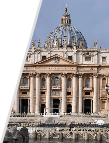
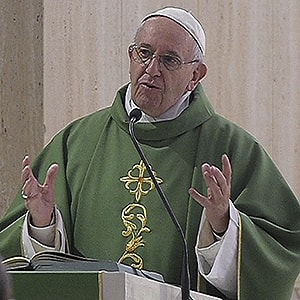
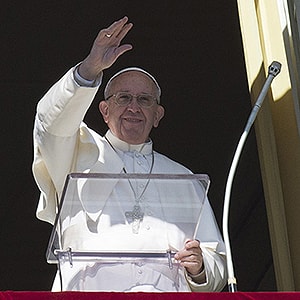
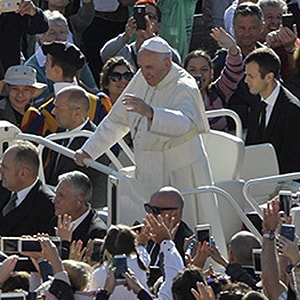

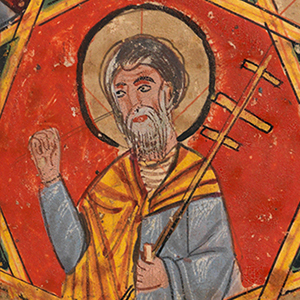

 Your contribution for a great mission
Your contribution for a great mission

